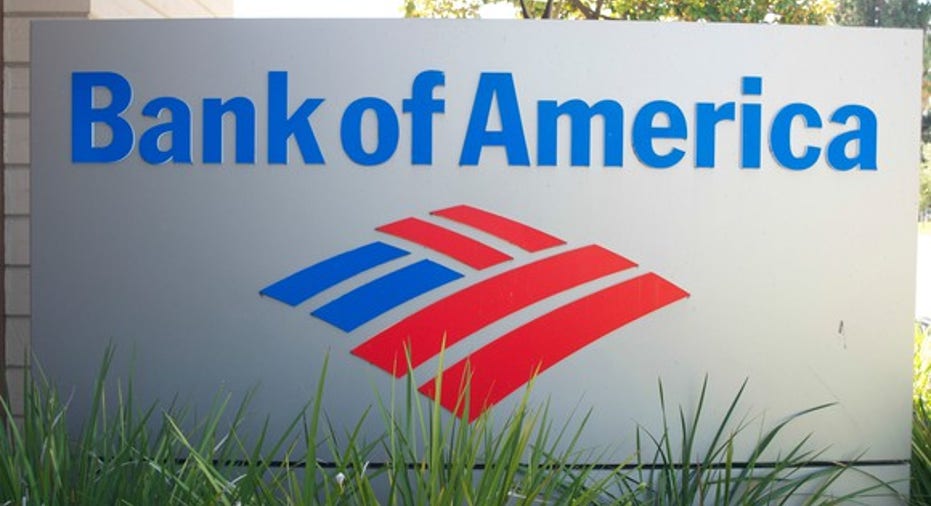Bank of America Has Bought Back 160 Million Shares So Far in 2016. Should Investors Be Happy?

Image Source: The Motley Fool.
At the end of the second quarter, Bank of America (NYSE: BAC) reported an outstanding share count that was about 160 million lower than it was at the beginning of 2016. It seems B of A is spending an awful lot of money on buybacks, particularly given that the bank's dividend yield isn't even 2%. Is Bank of America using its capital in shareholders' best interests?
Bank of America's capital plan: Low dividends, big buybacks
During the first half of 2016, Bank of America spent $2.4 billion on share repurchases and just $1 billion on dividends.It looks like this trend will continue, at least in the near term. According to the bank's approved capital plan, the dividend has been increased to $0.075 per share each quarter -- an annualized yield of about 1.85%. This translates to roughly $3 billion in annual dividends.
However, the bank is now authorized to buy back up to $5 billion of its stock during the one-year period from July 1, 2016 through June 30, 2017. That's up from last year's limit of $4 billion. While the gap between dividends and buybacks has narrowed a bit, at least on a proportional basis, the company is still spending 60% more on buybacks than it is on dividends. Why is it choosing to allocate its capital this way?
Why B of A is all about buybacks
In a nutshell, Bank of America is buying back as much stock as it can for one reason: It's cheap. At the end of the second quarter, the bank's book value per share was $23.67 -- 46% higher than its current share price of $16.20. Even when discounting intangible assets, Bank of America's value is $16.68 per share, which still represents a premium over the stock's market price.
Using the more conservative tangible book value and the recent share price, let's crunch some numbers to illustrate why the buyback is such a great deal for shareholders. Bank of America's current stock price of $16.20 is nearly as high as it's been so far this year. Assuming Bank of America repurchases all $5 billion worth of shares at this price (which is unlikely), the company will reduce its shares outstanding by about 308.6 million between July 1, 2016 and June 30, 2017. Note that this is a conservative estimate, as we're two months into the repurchase authorization, and the bank's share price has been in the $13-$15 range for most of that time.
Still, let's use our conservative estimate of 308.6 million shares. Because the tangible book value of those shares is $16.68 apiece, the tangible intrinsic value of the repurchase is actually $5.15 billion. In other words, Bank of America could be instantly creating $150 million in shareholder value.
Using book value, which includes intangible items such as goodwill, the buyback looks even better. In this case, the shares represent more than $7.3 billion in book value, which would mean Bank of America is buying back $1.46 worth of its assets for every $1 it spends. That's why buybacks are the focus of the bank's capital plans, not dividends.
The bottom line
Bank of America is using its capital wisely, and it seems set to continue doing so as long as the company's stock trades for a discount. And shareholders should be thrilled about this. I completely believe Bank of America will grow into a dividend powerhouse again -- and probably sooner than most people think it will. In the meantime, however, shareholders should be happy to collect their small dividends and watch management create instant value through large buybacks.
A secret billion-dollar stock opportunity The world's biggest tech company forgot to show you something, but a few Wall Street analysts and the Fool didn't miss a beat: There's a small company that's powering their brand-new gadgets and the coming revolution in technology. And we think its stock price has nearly unlimited room to run for early in-the-know investors! To be one of them, just click here.
Matthew Frankel owns shares of Bank of America. The Motley Fool recommends Bank of America. Try any of our Foolish newsletter services free for 30 days. We Fools may not all hold the same opinions, but we all believe that considering a diverse range of insights makes us better investors. The Motley Fool has a disclosure policy.